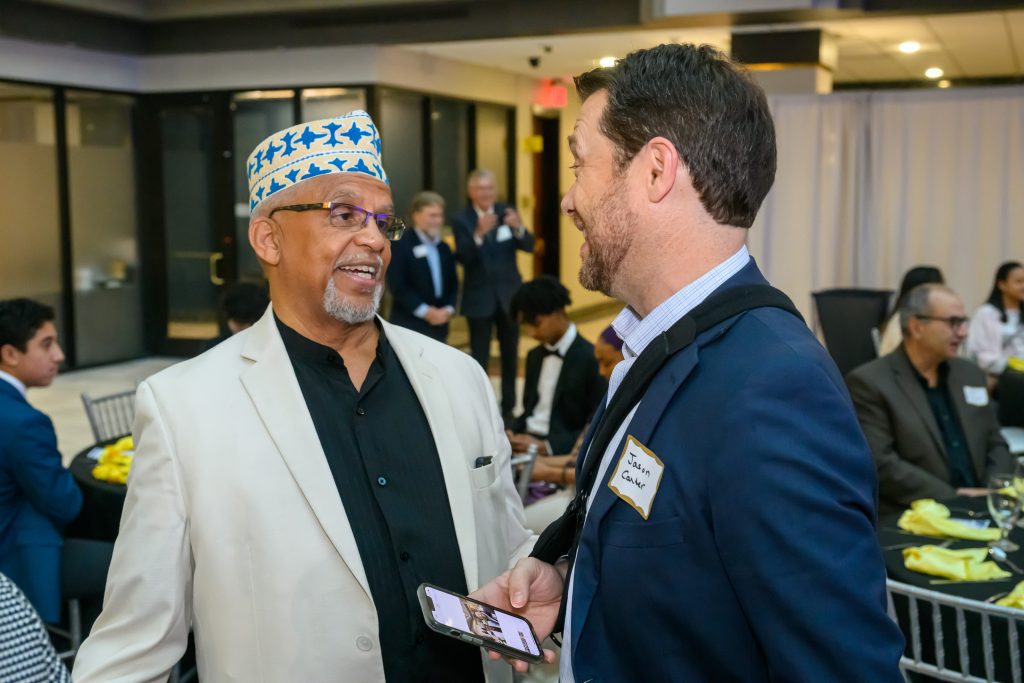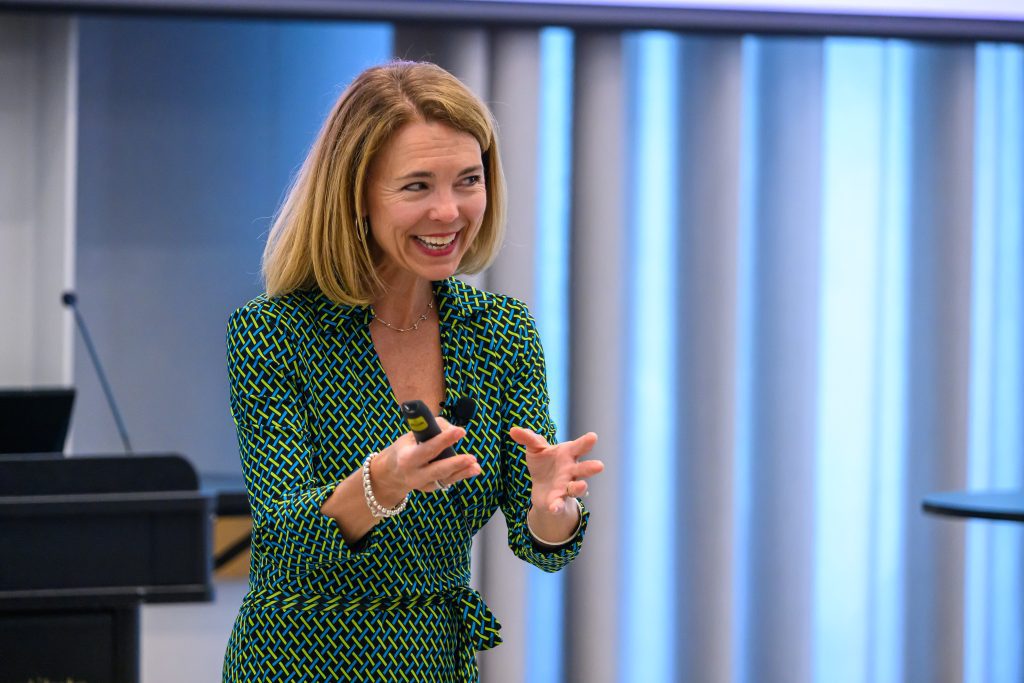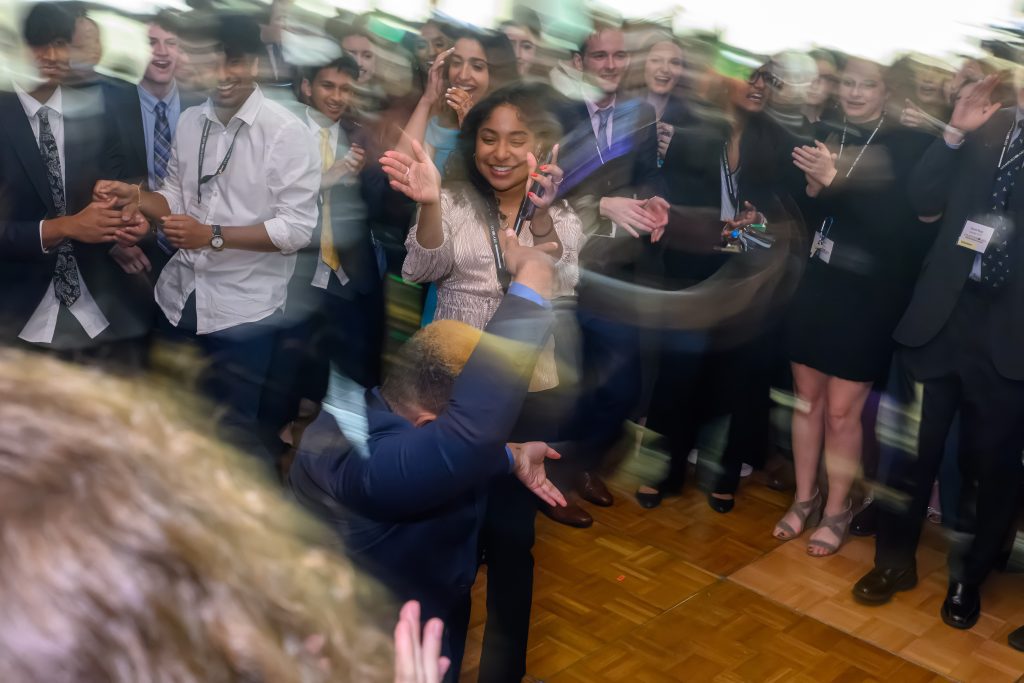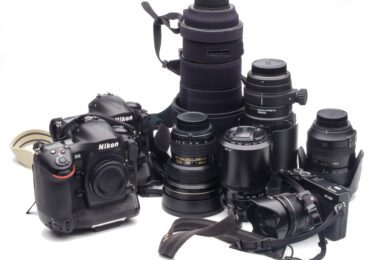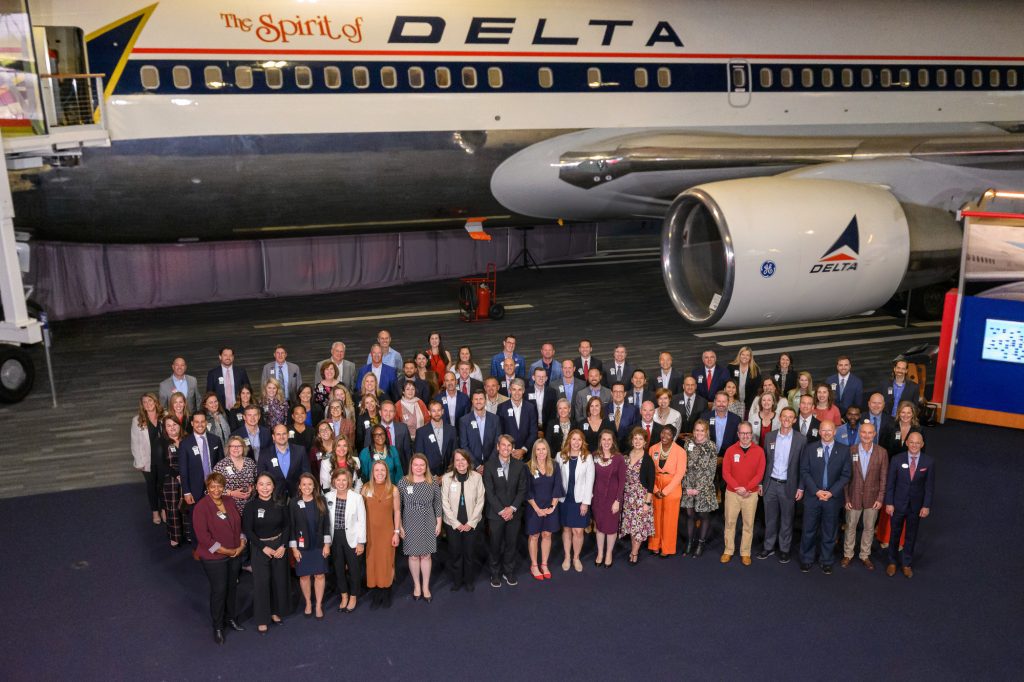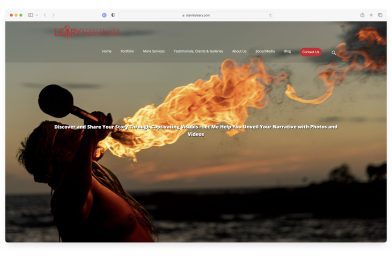Stepping into Woody’s Barber Shop is like taking a step back in time, where the tradition of quality haircuts and friendly conversation has been kept alive for almost a century: Woody’s Barber Shop, Georgia’s oldest operating barber shop since 1926.
In today’s fast-paced world, businesses must find new and innovative ways to reach their target audience. One of the most effective ways to do this is through storytelling. Storytelling is a powerful tool to help small business owners connect with their customers and create lasting impressions. In this blog post, we’ll discuss the importance of storytelling for small business owners, the role of visuals in storytelling, and the importance of appearing transparent to customers.
Why is storytelling important for small business owners?
As a small business owner, storytelling can help you build a connection with your target audience. Your customers want to know who you are, what you stand for, and what sets you apart from your competitors. Storytelling is an excellent way to communicate all of these things.

Storytelling can also help you establish credibility and build trust with your audience. When you share your story, you give your customers a glimpse into the behind-the-scenes of your business, which can make them feel more connected to your brand. People want to do business with companies they feel they can trust; storytelling is an excellent way to establish that trust.
The Role of Visuals in Storytelling
Visuals are an essential part of storytelling. They can help you capture your audience’s attention and communicate your message more effectively. For example, a good photo with a caption can deliver the news and a short video.

Visuals can also help you establish your brand identity. By using consistent branding elements such as colors, fonts, and imagery, you can create a cohesive visual identity that your customers will recognize and remember.
In storytelling, visuals can help you bring your story to life. For example, if you’re telling the story of how your business got started, you could use photos or videos to show the early days of your business and the challenges you faced. This can make your story more engaging and memorable for your audience.
The importance of transparency
Transparency is crucial for small businesses. Customers want to know who they’re doing business with and what they can expect. One way to appear transparent is to have headshots of your people on the website. This allows customers to put a face to the name and helps establish a personal connection.



Transparency also means being open and honest about your business practices. For example, if your business has had a setback or made a mistake, you must be transparent about what happened and how you’re addressing the issue. This can help build customer trust and show you’re committed to providing excellent service.
In conclusion, storytelling is a powerful tool for small business owners. You can connect with your audience, establish credibility and trust, and create a lasting impression by telling your story. Visuals are essential in this process, helping you bring your account to life and establish your brand identity. And finally, being transparent with your customers is crucial for building trust and establishing a personal connection. Incorporating these elements into your marketing strategy can take your small business to the next level.













